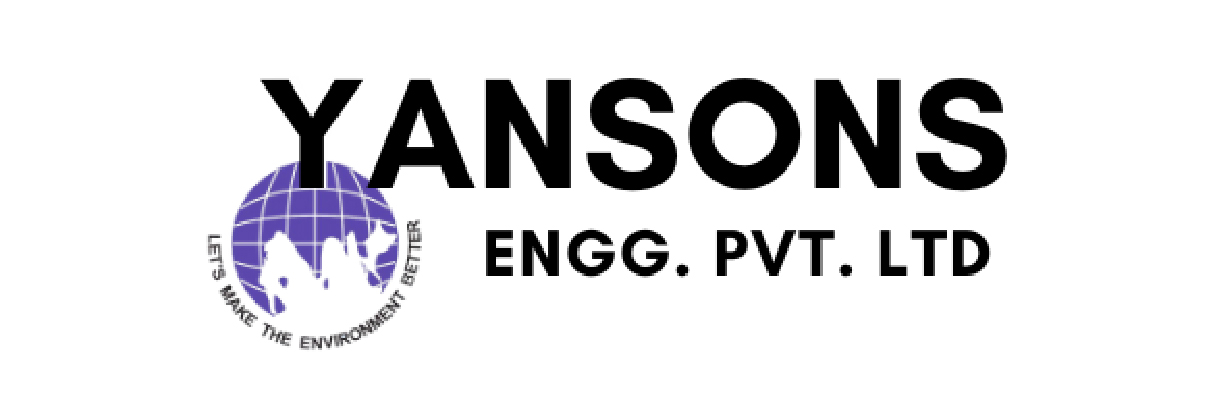Description
A vacuum system can streamline the material handling process in a socks manufacturing facility. It can be used to transport socks between different stages of production, such as from knitting machines to quality control stations or packaging areas. By using a vacuum conveyor or a pneumatic transport system, socks can be moved efficiently and quickly, reducing manual labor and improving overall productivity.
Successful Complete project
Successful completion of the vacuum system project for a socks manufacturing facility is achieved when the following goals are met:
- Efficient and reliable material handling within the production process.
- Improved waste collection and disposal, reducing accumulation and maintaining a clean working environment.
- Effective cleaning of the production floor, machinery, and workstations.
- Enhanced productivity and reduced manual labor.
- Compliance with safety and hygiene regulations.
Problem
Socks manufacturing facilities face various challenges related to material handling, waste collection, and cleanliness. These challenges include inefficient material transport, accumulation of waste materials, and difficulty in maintaining a clean and hygienic production environment.
Solution
Implementing a vacuum system can provide an effective solution to these challenges. A well-designed vacuum system can streamline material handling processes, improve waste collection efficiency, and ensure a clean and safe working environment for socks manufacturers.
Process
The successful completion of a vacuum system project for a socks manufacturing facility involves the following steps:
Step 1 – Needs Assessment
- Assess the specific requirements and challenges of the socks manufacturing facility, including material handling, waste collection, and cleaning needs.
- Identify areas where a vacuum system can provide the most significant improvements.
Step 2 – System Design
- Design a comprehensive vacuum system layout that addresses the identified needs. Consider factors such as the facility layout, distances between production areas, waste collection points, and cleaning requirements.
- Determine the required vacuum power, pipe network layout, and placement of vacuum inlets.
Step 3 – Equipment Selection
- Select the appropriate vacuum equipment based on the design and requirements of the facility.
- Choose central vacuum units, vacuum pumps, or portable vacuum cleaners depending on the size and layout of the facility.
- Identify and acquire the necessary accessories and attachments for material handling, waste collection, and cleaning tasks.
Step 4 – Installation
- Install the vacuum system, including the central vacuum units or vacuum pumps, and connect them to the necessary piping network.
- Place vacuum inlets strategically throughout the facility, considering the flow of material, waste generation points, and cleaning requirements.
- Ensure proper sealing and connections to maintain efficient vacuum power and suction.
Step 5 – Testing and Commissioning
- Start the vacuum system and conduct thorough testing to ensure its functionality and performance.
- Test the material handling capabilities, waste collection efficiency, and cleaning effectiveness of the vacuum system.
- Fine-tune the system as needed to optimize performance and address any issues.

